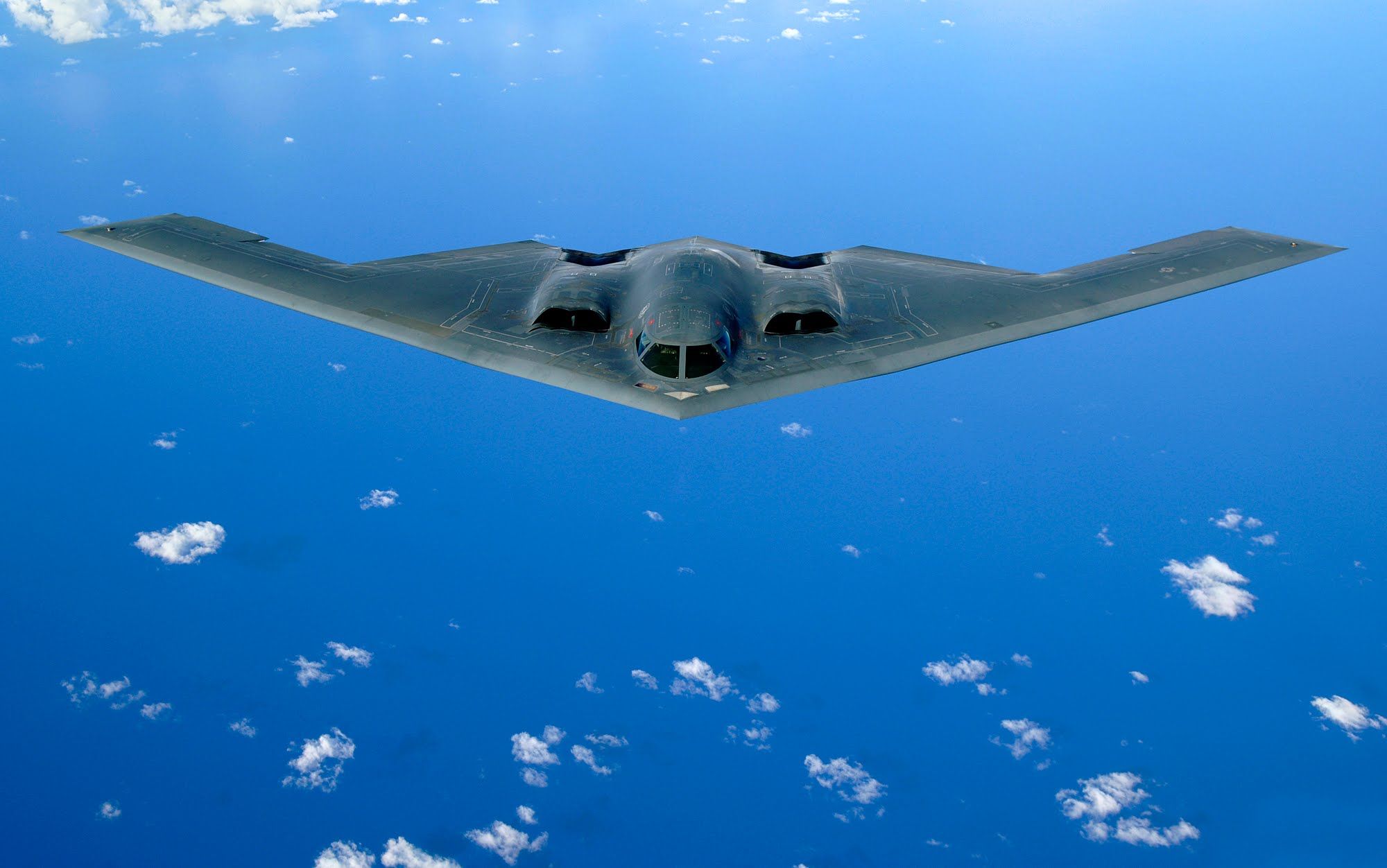Although the U.S. next-generation long-range stealth bomber adopts new-type stealth technology, China has its own method to cope with the bomber, an aviation expert told the Global Times.
If the bomber, designated the B-21 by the U.S. Air Force, needs a specific hangar, the U.S. might not deploy many bombers because of high cost of the hangar, according to Fu Qianshao, an aviation expert. Fu said that the U.S. maybe think twice before sending the bomber to regions near China as additional expenditure maybe higher than the cost of the plane.
In addition, the number of airports the new generation bomber can use is limited. Only a few bases in Okinawa, Guam and South Korea are suitable for them. According to Fu, the stealth bomber might become a “live target” as long as it lands in any of the airport as no aircraft can be stealthy anymore when it lands.
“China, Russia and North Korea are capable to strike airports,” Fu added. Therefore, there is little possibility for the U.S. to deploy large number of the bombers in Asia-Pacific region.
The U.S. Air Force Secretary Deborah James, who unveiled the first image of a new Northrop Grumman Corp long-range bomber on Feb. 26, said it would be designated the B-21.
Fu stated that what the U.S. has unveiled might not be the final plan of its next-generation bomber. Theoretically, stealth capability of B-21 is higher than that of B-2. There is little difference in appearance of the two types of bombers. Other technological approaches need to be used to improve B-21’s stealth capability. Besides the appearance, the new generation bomber will adopt more advanced camouflage paint than B-2.
Fu pointed out that flying ability of B-21 bomber is equal to that of B-2. Judged from its current appearance, B-21 flies at a subsonic speed.
Generally speaking, it is easier to conduct strikes on stealth bombers than on stealth fighters like F-22 as the stealth bombers has limited maneuvering ability compared to the stealth fighters, another military expert told the Global Times.










